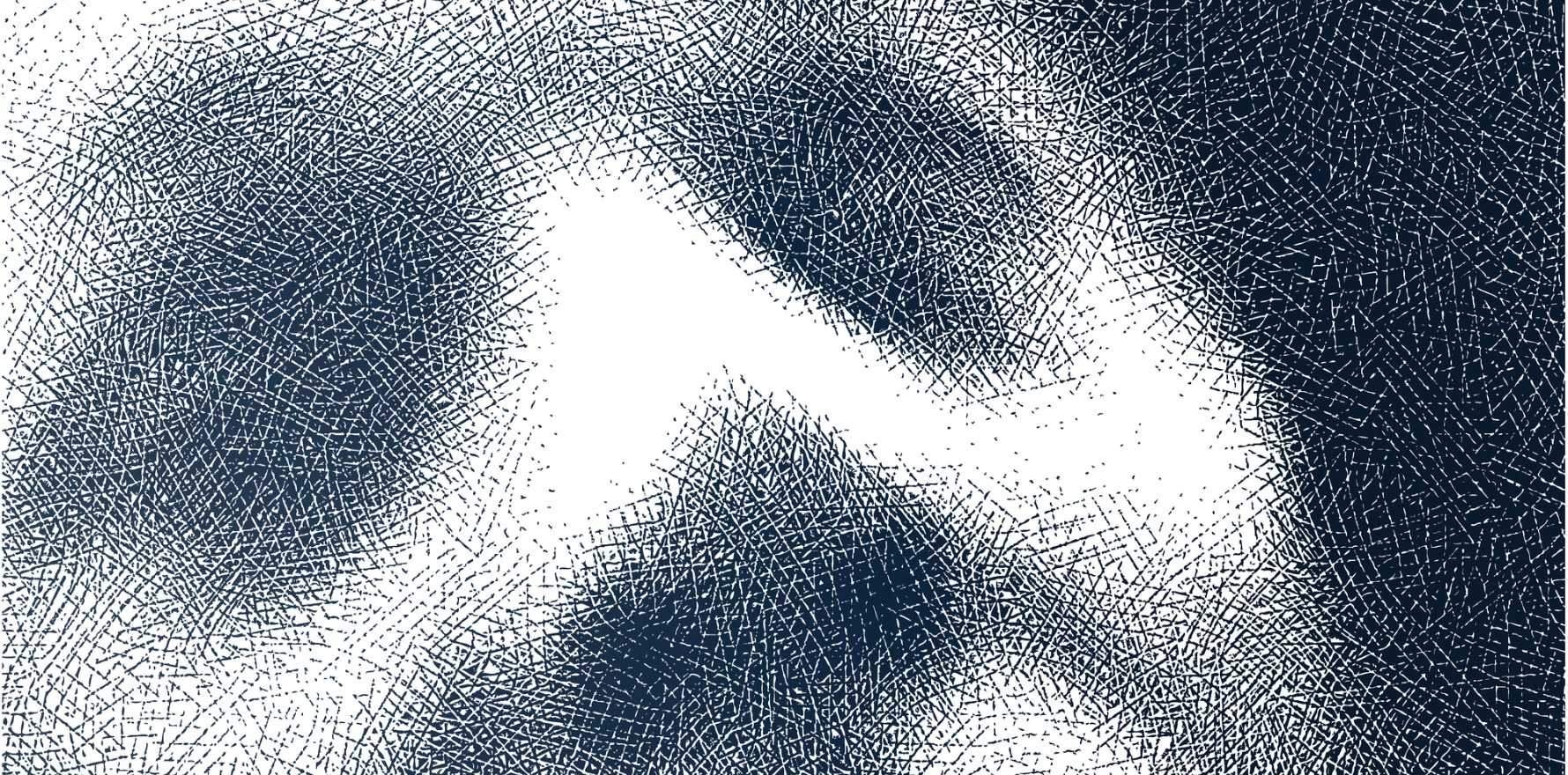Doctors are still puzzled by the ‘happy hypoxic’ patients who feel normal despite lethally low oxygen levels.
They’re called the “happy hypoxic”: the covid patient with an oxygen saturation level so low that they should be gasping for breath, yet they seem almost entirely oblivious to the danger they’re in.
It’s been baffling clinicians and researchers since early in the pandemic. In April last year, writing in The New York Times, emergency physician Dr Richard Levitan described patients using their mobile phones despite oxygen saturations “seemingly incompatible with life”.
Many months later, the effect is still poorly understood and poses a quiet threat to the lives of patients who may not feel unwell enough to go to hospital.
Silent hypoxaemia is a phenomenon that appears to be unique to covid, even while covid has so many other things in common with other causes of acute respiratory distress syndrome.
Intensive care registrar Dr Mominah Bhatti from Sydney’s Prince of Wales hospital says these patients will be “sitting there comfortably and don’t experience any increased work of breathing”.
“It’s very different to most of the patients that we see with an ARDS-type clinical syndrome,” she says.
Healthy oxygen saturation levels are around 94% or higher. But one study of three cases of silent hypoxaemia1 reported oxygen saturations of 75% in one patient and 69% in another; both insisted they weren’t having any trouble with breathing, even while drinking.
“We’re oxygen-dependent organisms,” says intensive care specialist Dr Bronwyn Avard, from the Australian New Zealand Intensive Care Society. “Usually if oxygen levels are low in the blood, then your body is primed to recognise that and you feel short of breath and your body actively tries to get more oxygen in.”
Respiratory physician Professor Christine Jenkins, head of the respiratory group at the George Institute for Global Health, says one possible explanation could be in the way covid pathology combines respiratory and vascular effects. The disease can manifest as patchy alveolar pneumonia, which means there are areas of poor gas exchange and areas that are unaffected, but there are also microthrombi in the small blood vessels collecting oxygen from the lungs. This differs from typical pneumonia in which the lungs themselves are much more compromised.
“Maybe when you have a lot of exudate and alveolar consolidation, you have more lung restrictions and have more of a sense of breathlessness,” Professor Jenkins says. This constriction in pneumonia is picked up by receptors that then cause the feeling of breathlessness, which is “more profound than with tiny little microthrombi distributed through airways”.
There is relatively little research on silent hypoxaemia, partly because it’s difficult to study in vivo. “It’s often seen in post-mortems and that’s not telling us exactly what it’s like in people who are first presenting and sitting up in the emergency department with pneumonia but not yet sick enough to be in intensive care.”
The patients that Dr Bhatti has encountered have all already been in intensive care, so their oxygen levels are already being carefully monitored. But silent hypoxaemia poses a major challenge for clinicians monitoring patients outside of intensive care, including in a general practice setting.
“The traditional things that we use to judge a patient’s work of breathing that are normally quite reliable and that give us a good indication of how well the patient is – we can’t rely on those indicators anymore,” she says.
Some patients do show some signs of working harder to breathe – they may be breathing slightly faster and taking deeper breaths – but still don’t report a sensation of being breathless.
“They’re certainly using their extra muscles to breathe up,” she says. “Although they don’t seem to be experiencing that, that increased work of breathing is what we’d expect to see with oxygen levels that low.”
There don’t seem to be any particular risk factors for silent hypoxaemia apart from covid, Dr Bhatti says, and she has seen both young and old patients. But its presence is a sign of more severe disease.
“Anyone who’s got an oxygen requirement or needs a bit of oxygen support is somebody who’s got more severe disease,” she says. It may also be why some people with covid are presenting to the emergency department very late and in bad shape, because they aren’t aware how serious their condition is.
There are anecdotal reports of people with silent hypoxaemia suddenly deteriorating. Dr Avard says many patients do get better once they receive oxygen, but there is still relatively little known about the implications it has for covid outcomes.
But it does illustrate the need to monitor oxygen levels in people with covid as much as is practical, she says. This is already happening in hospitals but she suggests it should also be on the radar of any GP who is monitoring a covid patient.
“I think that’s really the message: get pulse oximetry onto them.”
1 https://www.atsjournals.org/doi/10.1164/rccm.202006-2157CP



